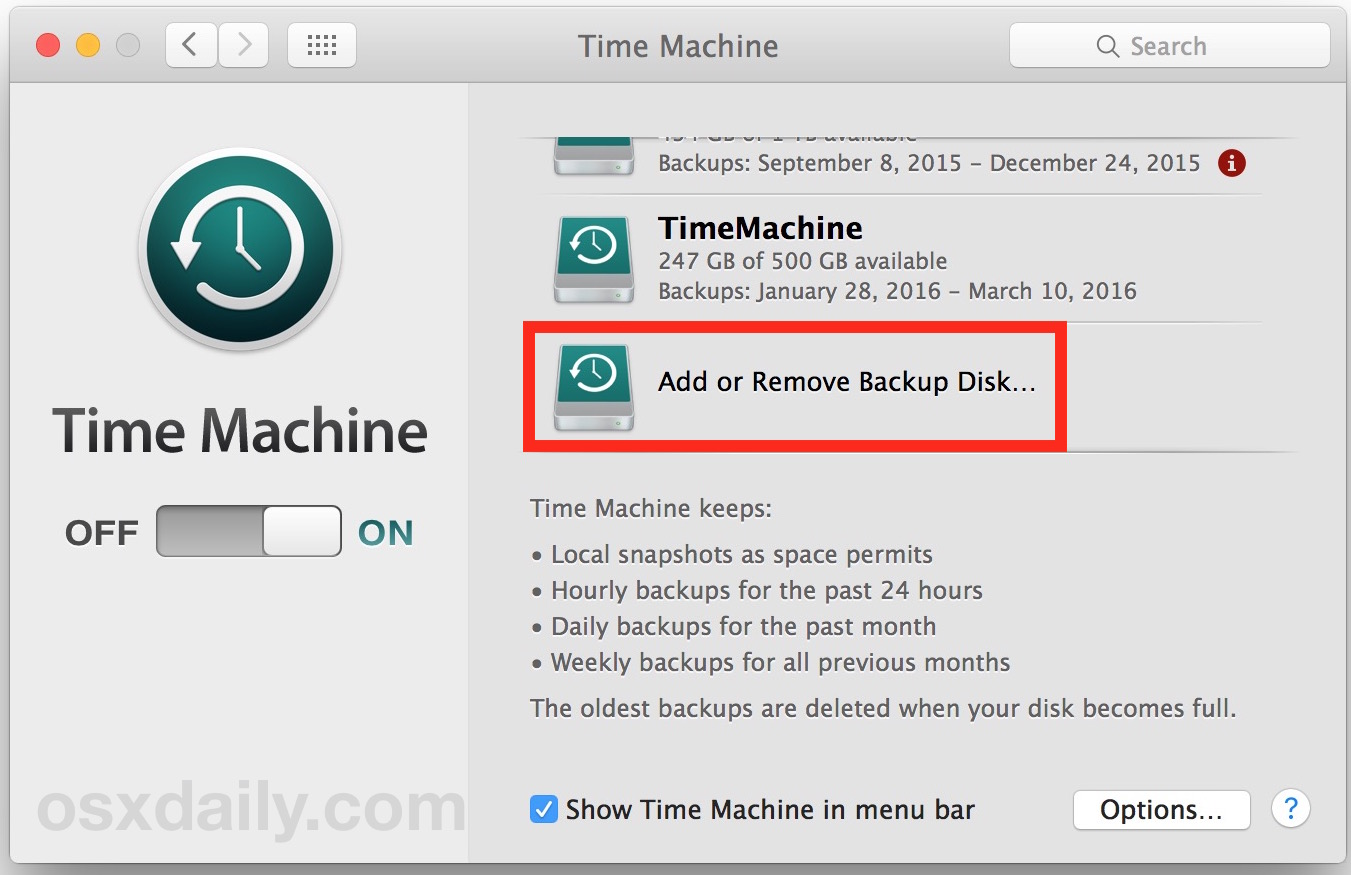
- #Convert drive backup for mac mac os#
- #Convert drive backup for mac full#
- #Convert drive backup for mac mac#
Google Drive is a platform to store and sync content across various devices. Difference Between Google Drive and Backup and Sync So how does this app work and what all features do you get here? Let’s explore it in this guide.
#Convert drive backup for mac mac#
Now the Backup and Sync app is used on Windows and Mac computers to add files to Google Drive and Photos both. As was obvious, Google later killed the Google Photos desktop app as well. The tool offered the functionality to add images and videos to Google Photos too. Thanks to Google’s obsession with killing its stuff, in 2017, Google retired the original Drive app for Windows and Mac computers and replaced it with a brand new app known as Backup and Sync (for personal use and Drive File Stream for businesses). Everything was going well until Google decided to change things - for better or worse.
In the Finder, copy your files to the mounted disk image, then ejectĮdit Note: macOS Catalina appears to use the extension backupbundle instead of sparsebundle, but it seems that this file is still mountable in the same ways as previously.Initially, Google had two separate apps for Google Drive and Google Photos on a computer. Disk Utility creates the disk image file where you saved it in theįinder and mounts its disk icon on your desktop and in the Finder. Sparse disk image: Creates an expandable file that shrinks and growsĪs needed. Sparse bundle disk image: Same as a sparse disk image (below), but theĭirectory data for the image is stored differently. Click the Image Format pop-up menu, then choose an option:. Click the Partitions pop-up menu, then choose a partition layout. To encrypt the disk image, click the Encryption pop-up menu, then. #Convert drive backup for mac mac os#
I believe for Time Machine you will need to choose Mac OS Extended (Journaled) or Mac OS Extended (Case-sensitive, Journaled) ( reference). Click the Format pop-up menu, then choose the format for the disk:. In the Size field, enter a size for the disk image. In the Name field, enter the name for the disk image. Enter a filename for the disk image, add tags if necessary, then.  In the Disk Utility app on your Mac, choose File > New Image > Blank Image. Sudo tmutil setdestination -a there is a simpler/more direct way to do it though, that would be awesome to know! I was thinking maybe something in the tmutil command line program may be able to do it, but haven't yet tried.Īccording to Apple's Disk Utility User Guide, it appears possible to manually create a sparsebundle disk image: Plug your usb drive, then via System Preferences / Sharing add a smb share to a folder time-machine-macbook in the drive time-machine-usb Then, add a destination backup (Time Machine will see it as a network share)
In the Disk Utility app on your Mac, choose File > New Image > Blank Image. Sudo tmutil setdestination -a there is a simpler/more direct way to do it though, that would be awesome to know! I was thinking maybe something in the tmutil command line program may be able to do it, but haven't yet tried.Īccording to Apple's Disk Utility User Guide, it appears possible to manually create a sparsebundle disk image: Plug your usb drive, then via System Preferences / Sharing add a smb share to a folder time-machine-macbook in the drive time-machine-usb Then, add a destination backup (Time Machine will see it as a network share) 
#Convert drive backup for mac full#
Full details in the linked answer, but a summary snippet follows: It will pick up where it left off withĪnother variation on this method creates a local Samba file share mount on the USB drive as a workaround. The root of the drive into the sparse bundle. Will have the full Backups.backupdb on the drive. Now turn on Time Machine and do a full backup. See a sparse bundle with the partial Backups.backupdb file there. Now attach the drive to the Mac over USB. Give it a couple minutes to get started, then stop (assuming it supports Time Machine) then start a backup to the disk

While I haven't tried this personally, I recently came across a workaround posted on the MacRumors forums that claims it should work:







 0 kommentar(er)
0 kommentar(er)
